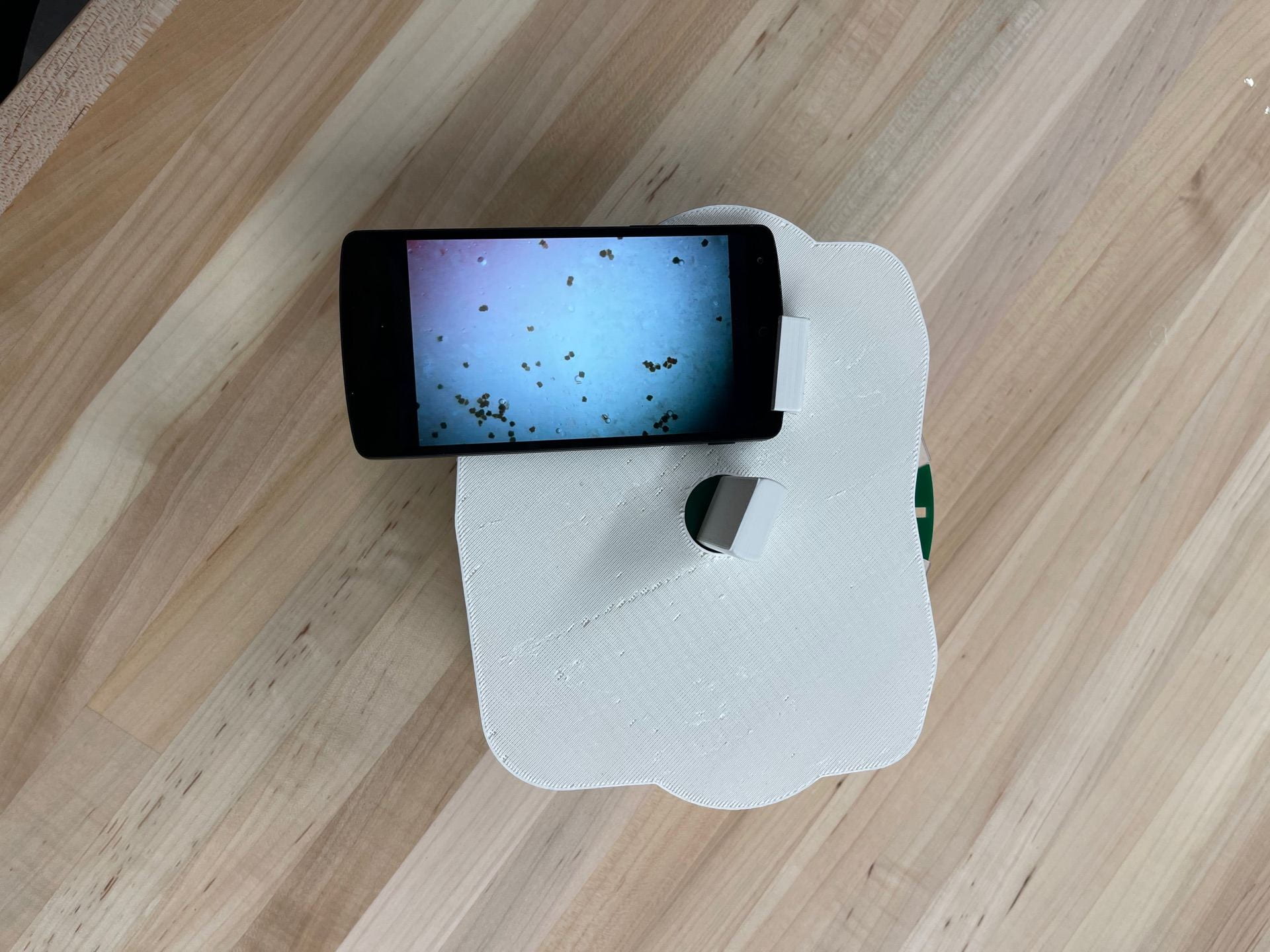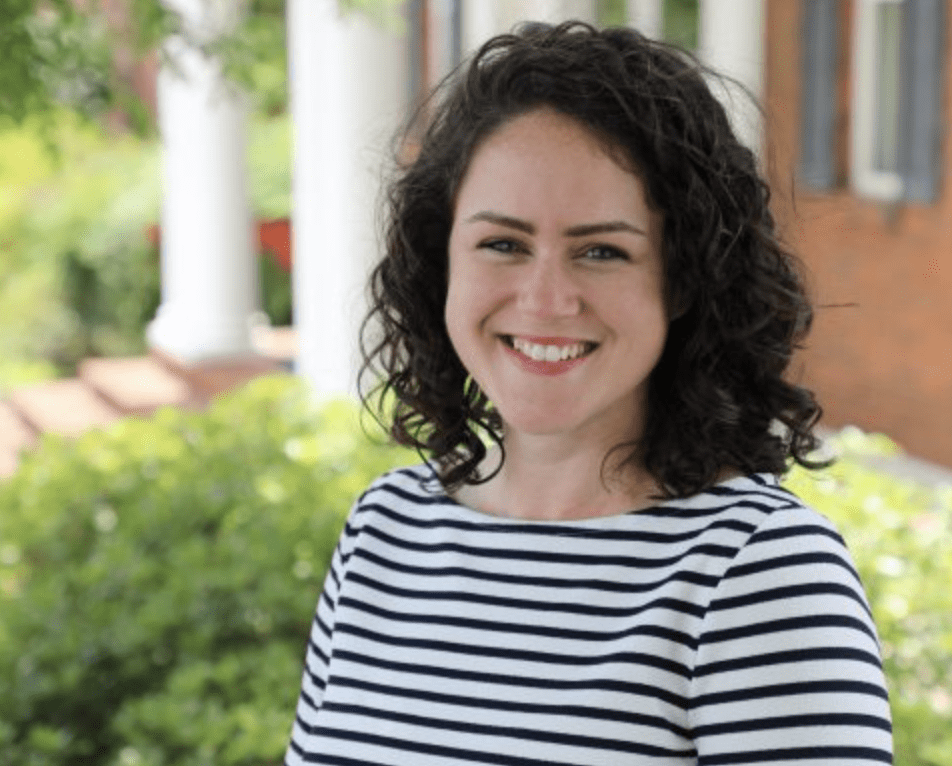Connect our team on LinkedIN!
Jain, Manav; Keith, Emily; Ramirez, Janelly; Riddick, Milan; Sundararajan, Prathic
Paradigm
Bringing parasitic egg detection into the 21st century through novel, phone-based microscopy
Our solution is a ParaViewer. The device uses a rotation mechanism to display 4 patient samples that are plated onto a circular slide adapted with 8 imaging chambers (2 chambers per patient). A cell phone camera adapted with a reverse lens is used to produce high-quality, magnified images of stool containing low-high intensity infection. It is a compact STH imaging device suitable for lab technicians to use in any environment.



